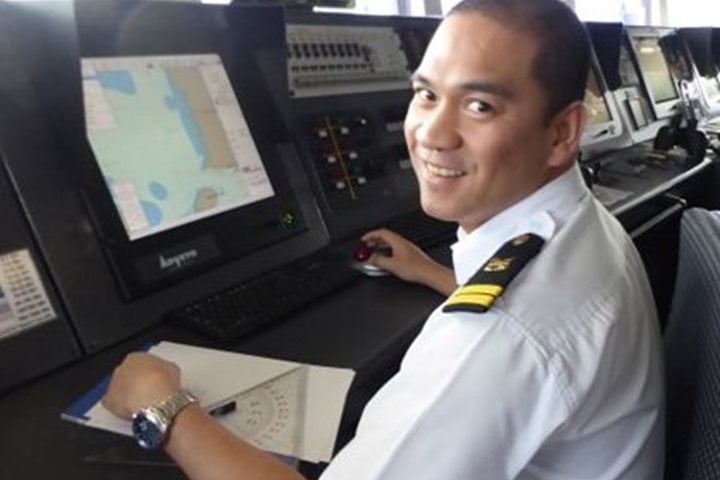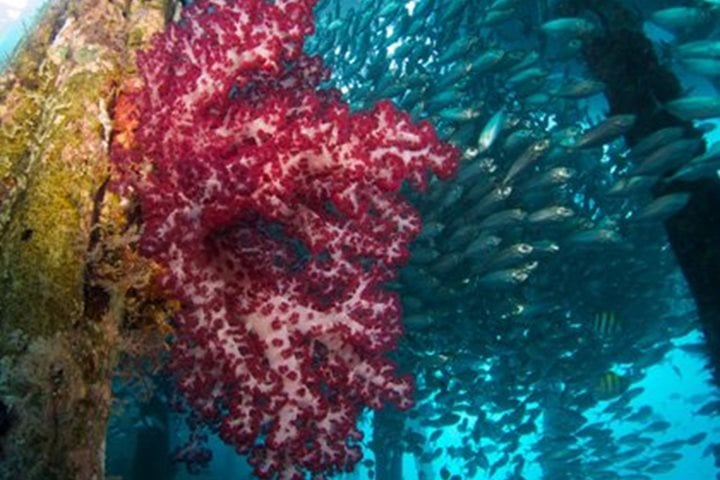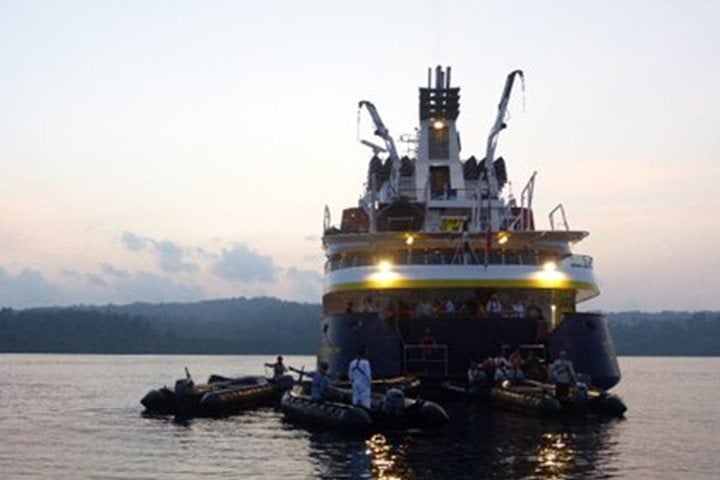Undaunted by yesterday’s exhausting but epic excursion, a stalwart few ventured out just as dawn began to break to catch glimpses of sun birds and pied hornbills. The majority of the ship, content to sleep in a little, were still treated to an aviary experience over breakfast. Granted it was a somewhat artificial one, as recordings of chorusing of swiftlets are provide a constant cacophony as they attract the very specific birds that create the edible nests that are then harvested for soup. While it might sound somewhat strange, this is a very valuable market and the Kumai riverfront is teeming with tall concrete buildings that act as substitute caves for this unique practice.
The highlight of the day however was without a doubt the Orangutan Care and Quarantine Center that is operated by Dr. Birute Mary Galdikas and her team of dedicated staff and volunteers. This facility is where orphaned orangutans are brought to be raised until they are self-sufficient enough to be released into the wild. Over three hundred and fifty animals have successfully been relocated back to the jungle since it was established in 1997. Due to the ever-diminishing habitat, mostly related to palm oil plantations, a significant number of young orangutans are brought to the care center after the death of their mother. It takes a substantially long amount of time for a juvenile to venture off on their own and become independent, and as an orphan this can be all the more trying. Luckily due to the facilities and care provided here in Kumai this terrible loss is somewhat mitigated. To just be allowed into the center is a true privilege but the truly phenomenal experience is to interact with the playful animals themselves. The experience is unforgettable. Having a surprisingly strong five year olds come careening towards you, tumbling and somersaulting all the way, just to pull up short and then gently reach out to hold your hand melts the heart. Anthropomorphism almost becomes an archaic concept when confronted with the various personalities and very human-like behaviors in the most up front and personal setting possible.
Lastly before we leave Borneo behind, we bid our adopted orange friends behind and visit the Pasir Panjang Longhouse. Here we see sword dances, hear Dayak screeches, try our hand at very real blowguns, and wonder at the colorful costumes of the traditional performers, moving gracefully to the distinct local music. As hard as it is to bid farewell to such a place the expedition must continue and we wave our goodbyes from the deck of the National Geographic Orion as it sails south and east across the Java Sea, onwards to the next adventure.









